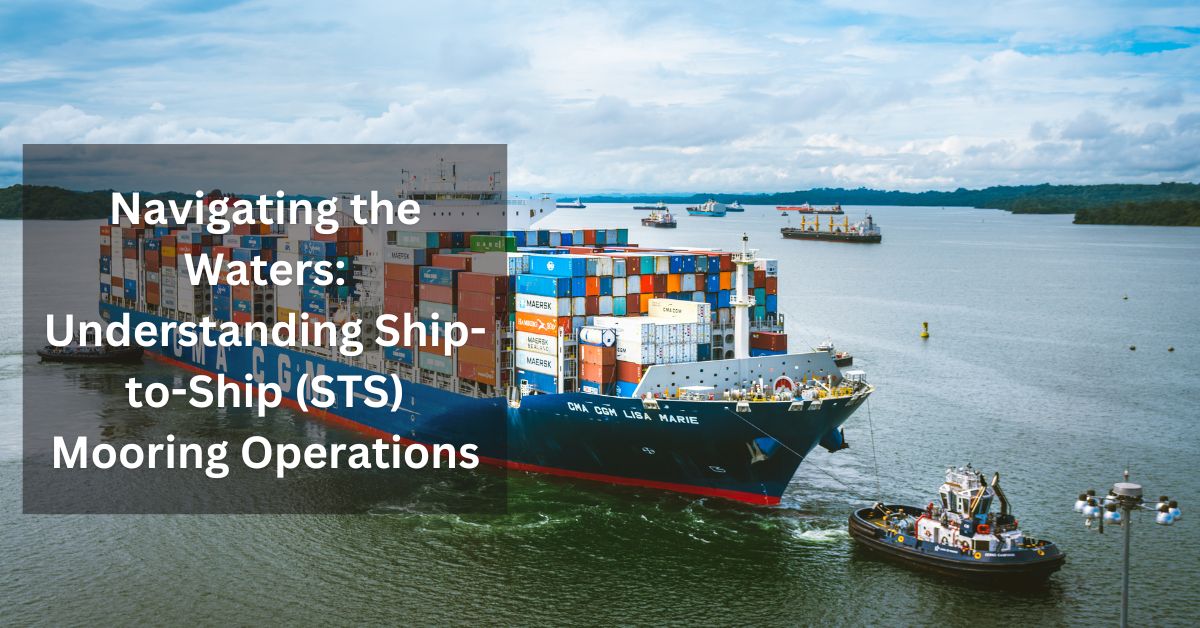Table of Contents
Introduction:
Ship-to-Ship (STS) mooring operations play a pivotal role in maritime logistics, facilitating the transfer of cargo between vessels at sea. In this blog post, we delve into the intricacies of STS mooring operations, exploring their significance, challenges, and best practices.
Importance of STS Mooring Operations:
STS mooring operations enable efficient cargo transfer, reducing port congestion and optimizing vessel turnaround time. They are vital for transporting bulk commodities, liquefied natural gas (LNG), and other goods across global trade routes.
Operational Challenges
Despite their benefits, STS mooring operations pose inherent challenges, including adverse weather conditions, vessel stability concerns, and potential environmental risks. Proper planning, coordination, and adherence to safety protocols are essential to mitigate these challenges.
Safety and Regulatory Compliance
Ensuring the safety of personnel, vessels, and the environment is paramount during STS mooring operations. Compliance with international regulations, such as the International Maritime Organization (IMO) guidelines and industry best practices, is essential to minimize risks and prevent accidents.
Technological Innovations
Advancements in technology, including dynamic positioning systems, automated mooring systems, and real-time monitoring tools, have revolutionized STS mooring operations. These innovations enhance safety, efficiency, and precision, contributing to smoother cargo transfers.
Training and Skill Development
Effective training programs and continuous skill development are critical for personnel involved in STS mooring operations. Proper training ensures competency in handling mooring equipment, executing procedures, and responding to emergencies, ultimately enhancing operational safety and efficiency.
Environmental Considerations
STS mooring operations must prioritize environmental protection and sustainability. Measures such as spill prevention plans, waste management protocols, and eco-friendly mooring solutions help minimize the ecological footprint of these operations.
Conclusion:
Ship-to-Ship (STS) mooring operations are integral to global maritime trade, facilitating efficient cargo transfers between vessels at sea. By understanding the complexities, challenges, and best practices associated with STS mooring operations, stakeholders can ensure safe, efficient, and environmentally responsible maritime logistics.



